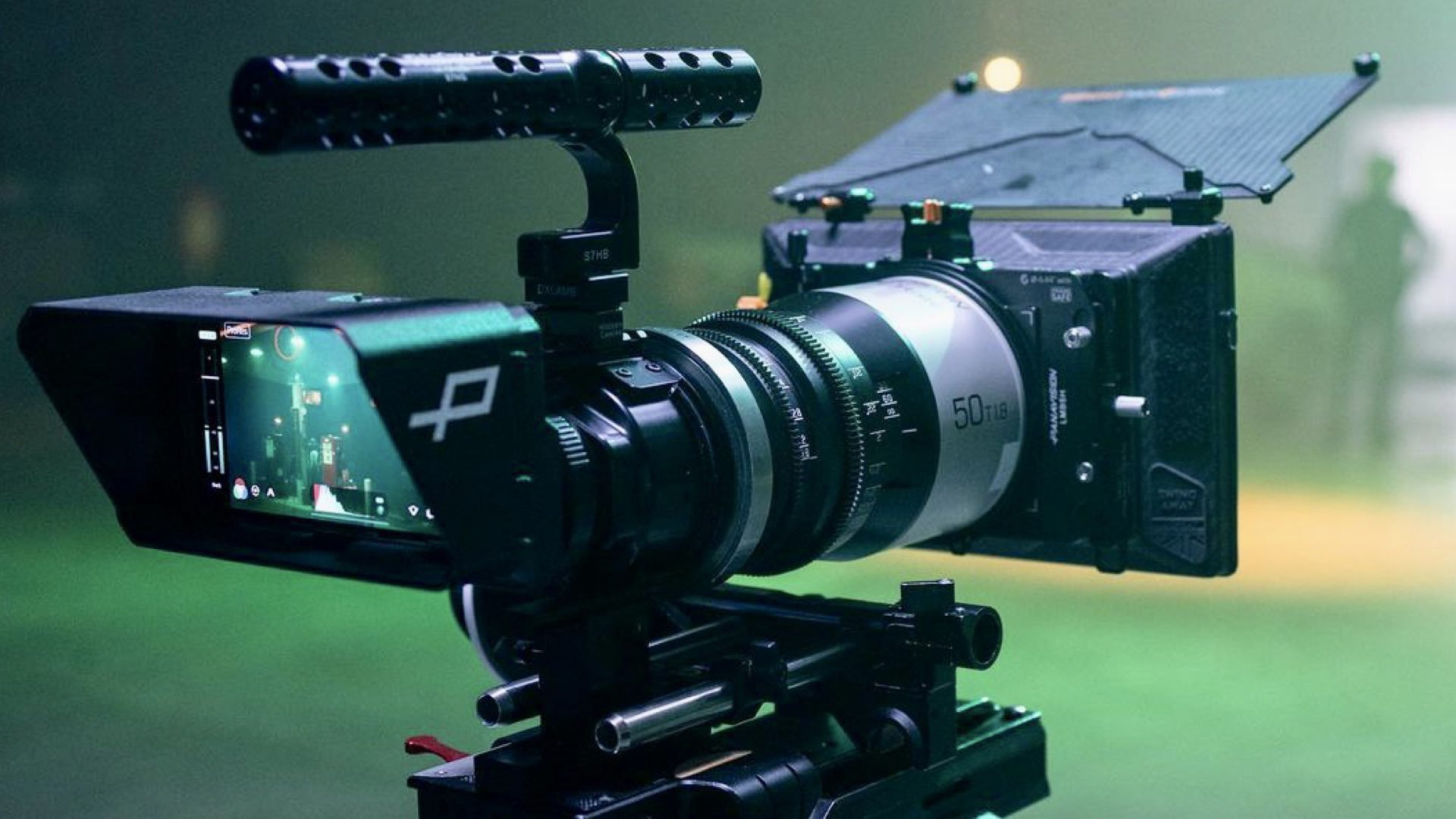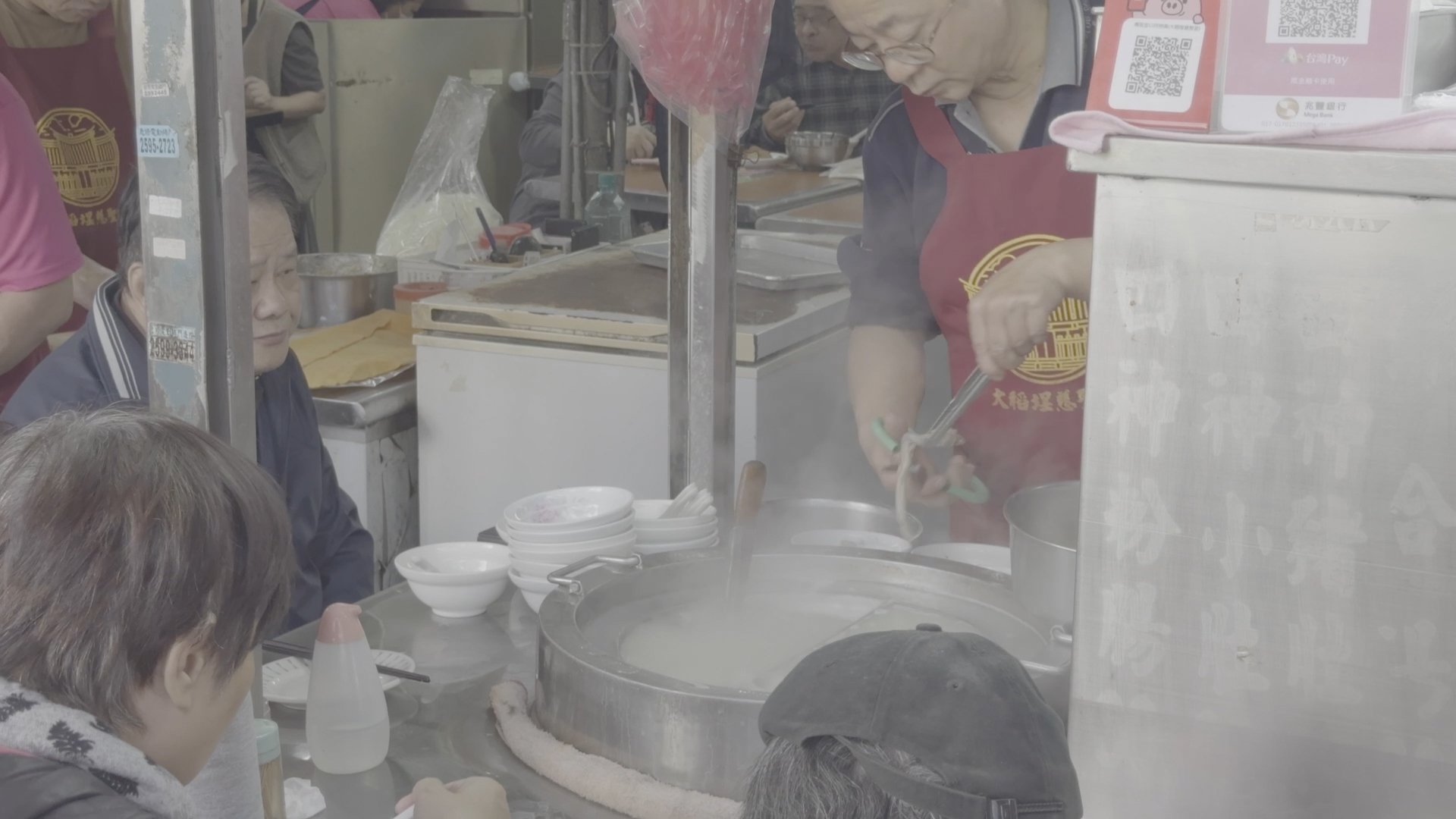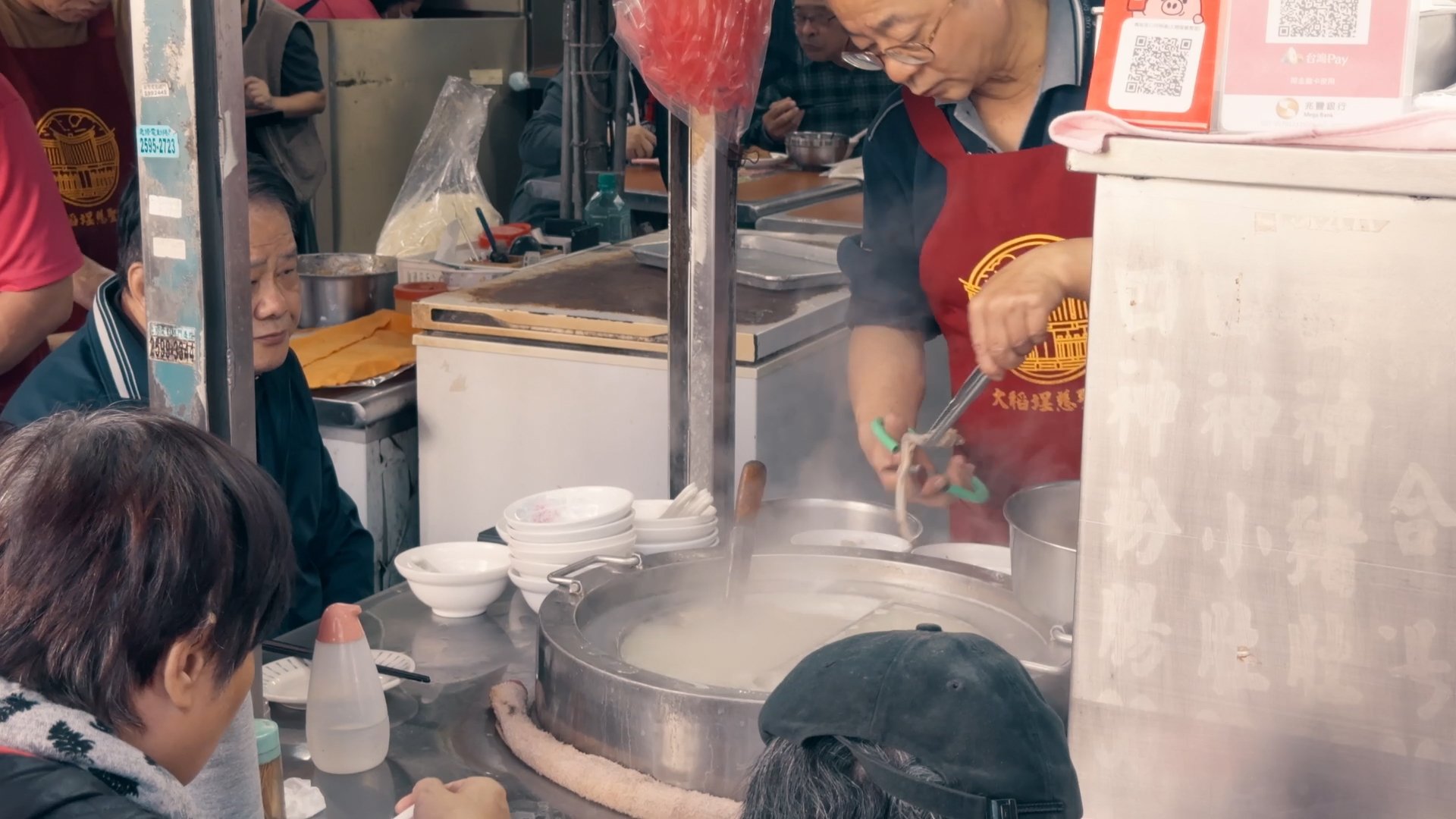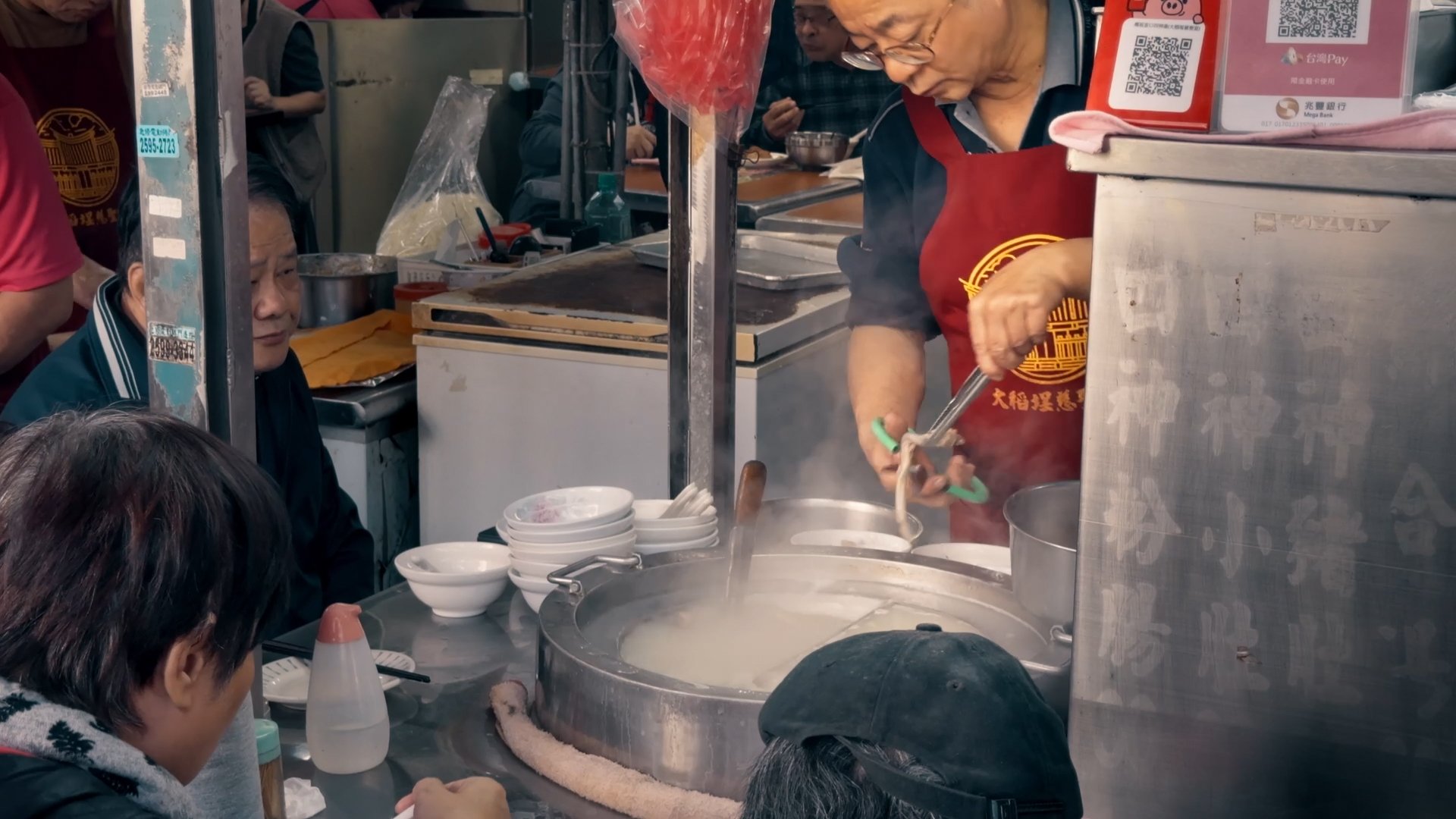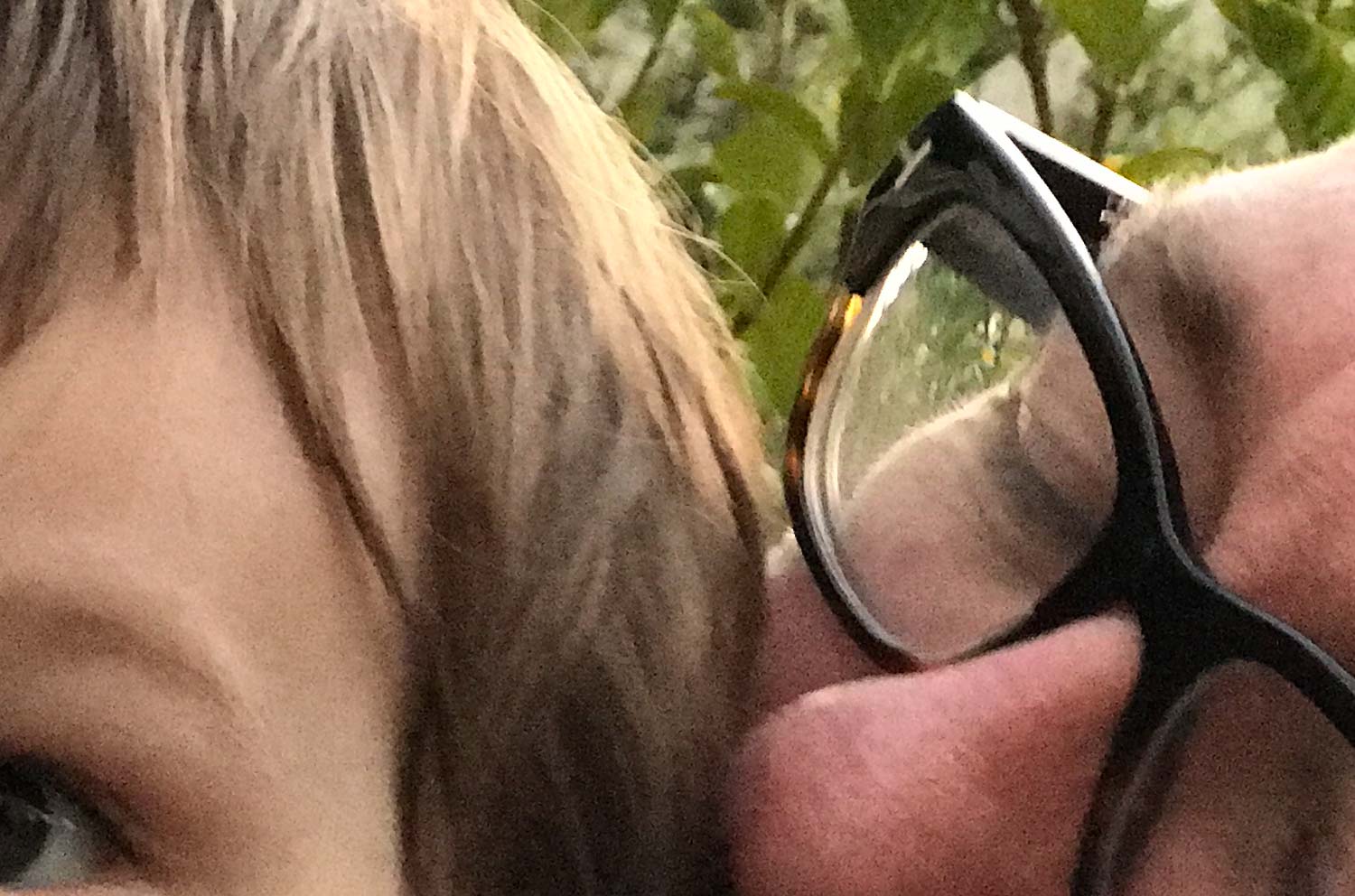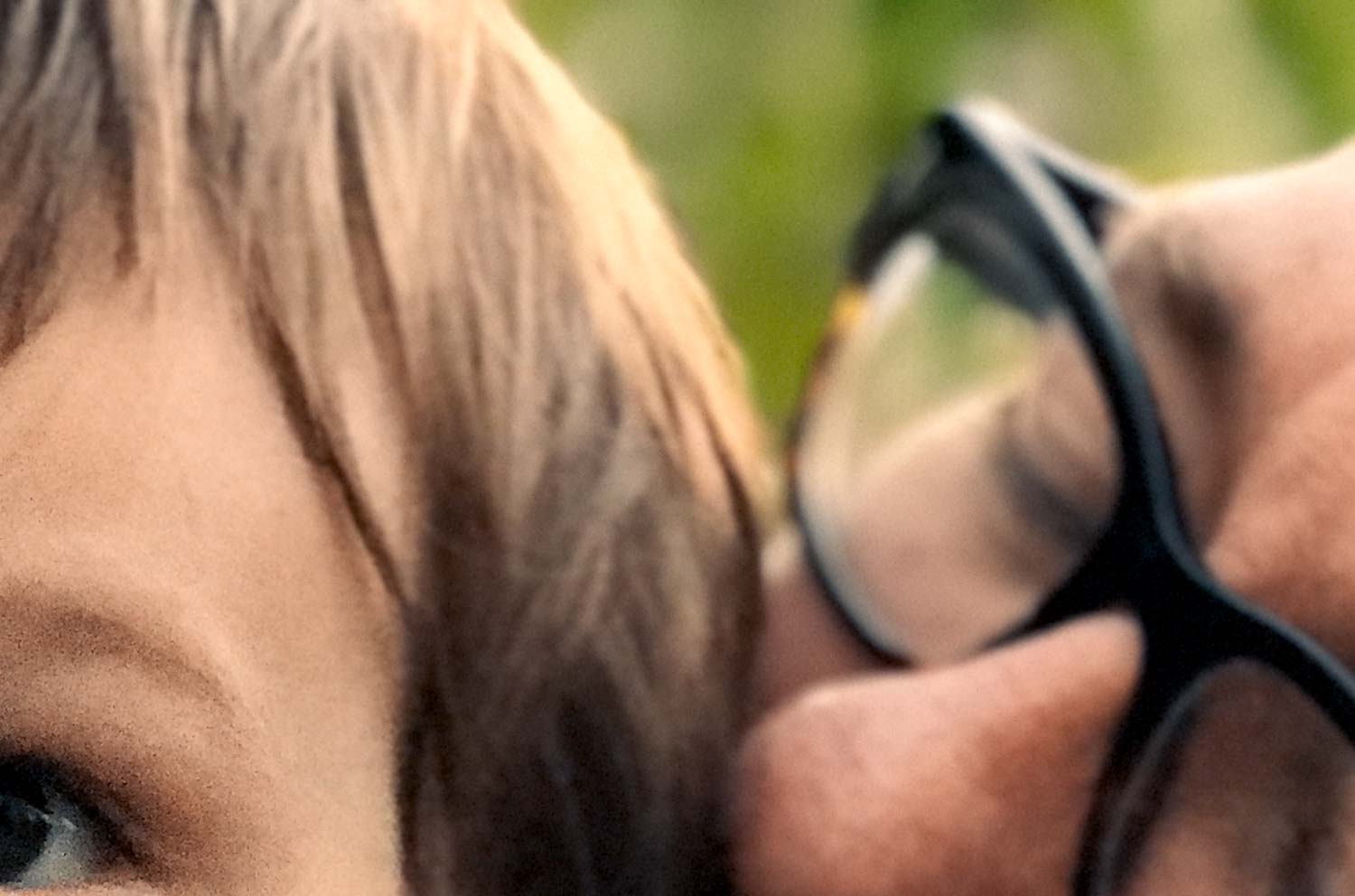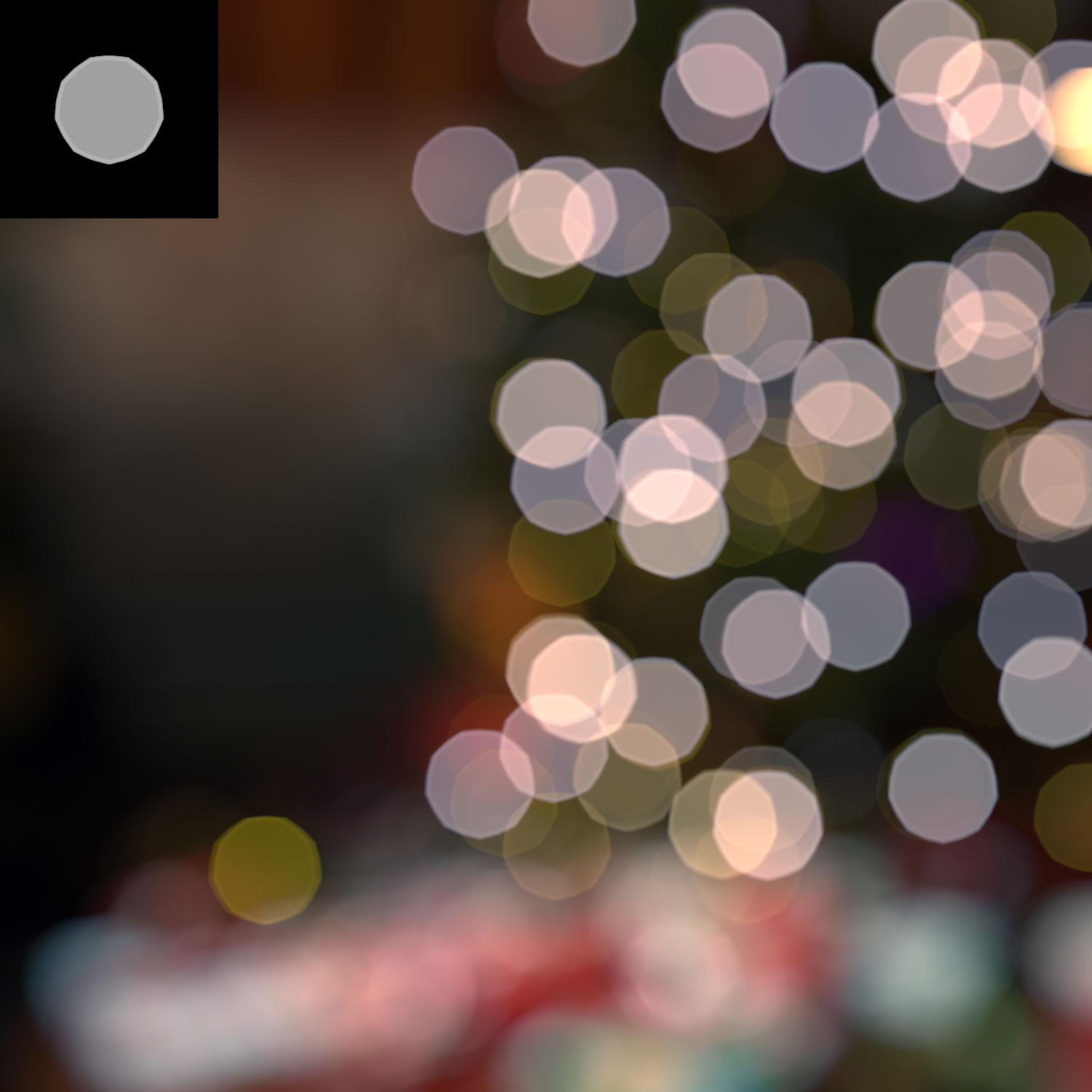Apple unveiled their new line of iPads yesterday in a pre-recorded video titled “Let Loose.” As with the previous “Scary Fast” MacBook Pro launch video, “Let Loose” ends with a tag proclaiming “Shot on iPhone” — this time adding “Edited on Mac and iPad,” and the fine print: “All presenters, locations, and aerial footage shot on iPhone.”
During the live stream I actively wondered if the iPhone acquisition of “Scary Fast” had been a one-time thing. “Let Loose” looks great, as all Apple videos do, but some shots featured a shallower depth-of-field than is possible with an iPhone-sized lens and sensor combo. At the end of the event, I wondered publicly on Threads about this. Replies speculated about additional lens rigs, some improved version of Cinematic Mode, or maybe blurring the background in post.
Panavision Lens Relay System
After Apple released a behind-the-scenes video about the production of “Scary Fast,” the Internet did its internet thing and questioned the “Shot on iPhone” claim, as if “Shot on iPhone” inherently means “shot with zero other gear besides an iPhone.” These takes were dumb and bad and some even included assertions that Apple added additional lensing to the phones, which they did not.
But for “Let Loose,” they did.
“Let Loose” was shot on iPhone 15 Pro Max, and Apple says that for several shots where a shallow depth-of-field was desired, Panavision lenses were attached to the iPhones using a Panavision-developed mount called the “Lens Relay System.” This rig is publicly available for rent from Panavision today, although not currently listed on their website.
There’s just enough shallow focus in these shots to make me wonder how they could be shot on iPhone
Cinematic Mode could never.
What’s a “lens relay system?” Think of a telescope. Instead of focusing an image on a plane of film or a sensor, it creates what’s known as an “aerial image” that you capture with another lens system — your eye. If you’ve ever smashed your phone up to a pair of binoculars successfully, you’ve made a lens relay system.
I used a Frasier lens relay system from Panavision to get small lenses into tight spaces for a Ruby Tuesday commercial I directed. The Frasier is a pericope lens, one physical unit that contains both the taking lens and the capture lens.
I don't know for sure that Panavision's system uses an aerial image rather than a ground glass like this rig from Beastgrip, but the image quality and name make me think it might.
Either way, with Panavision’s system, the iPhone’s own lens rephotographs the image created by any Panavision lens you like. The iPhone provides the image capture, in ProRes Apple Log, of course.
There are, of course, many systems for mounting lenses to iPhone (Beastgrip is working on a new one), but it’s certainly notable that Panavision made one, as they exclusively serve a market of high-end professional filmmakers.
Why Lenses?
If “Scary Fast” could be shot without add-on lenses, what does Panavision’s rig bring to the table? Apple Log allows the iPhone to capture highly-malleable, 10-bit ProRes footage that fits into a professional pipeline alongside footage from high-end cinema cameras, but the one thing it can’t do is capture the shallow depth-of-field that we associate with high-end productions. The look of “Let Loose” is a collaboration between the iPhone’s clean capture, the focus control of the Panavision lenses, and top-tier color grading — masterfully overseen by an uncredited cinematographer.
Don’t You Start Internet
So is it fair to say “Let Loose” was “Shot on iPhone” if it was done with the help of gear the average iPhone owner could never afford? Of course it is. Feel free to re-read this: What Does and Doesn't Matter about Apple Shooting their October Event on iPhone 15 Pro Max — but in short, the fact that Apple can drop an iPhone into an otherwise-unaltered professional film production and match the look of their previous videos without anyone even noticing is meaningful.
In fact, “Let Loose” is the first Apple Event finished and streamed in HDR, pushing the iPhone’s capture abilities even further than “Scary Fast.”
You don’t need to add cinema lenses to the iPhone to make great-looking images, but the fact that you can is cool.
You also don’t need to twist yourself into knots wondering why you might choose an iPhone over a professional cinema camera when you have a Panavision lens budget. Personally, I’m more excited about the run-and-gun possibilities, but a vote of confidence from the most elite cinema rental house only bolsters the story of iPhone as professional video camera.
Or just make note that Apple confidently intercut footage shot with the most respected cinema lenses available with shots lensed with unadorned iPhones.
Panavision for sure.
But I’m betting no Panavision here.
The Real Story Here is Apple Log
None of this would be possible without Apple having adding Log ProRes recording to the iPhone 15 Pro. Log is to video what raw is to still photography, and the story of how Apple Log transforms the definition of “Shot on iPhone” from a dalliance to a responsible, even desirable strategy for filmmaking is still ongoing.
Truly “pro” features like color-accurate OLED screens on iPads and ProRes Log on phones don’t just sell a few devices to a few filmmakers. They preserve and elevate Apple’s reputation as the choice of creative professionals in all fields. Apple hardware is vastly overpowered for most of its customer’s uses, so as Apple looks around for folks in need of their very best, they find the Zbrush artist, the Redshift renderer, and now, improbably-but-deservedly, the professional cinematographer.


